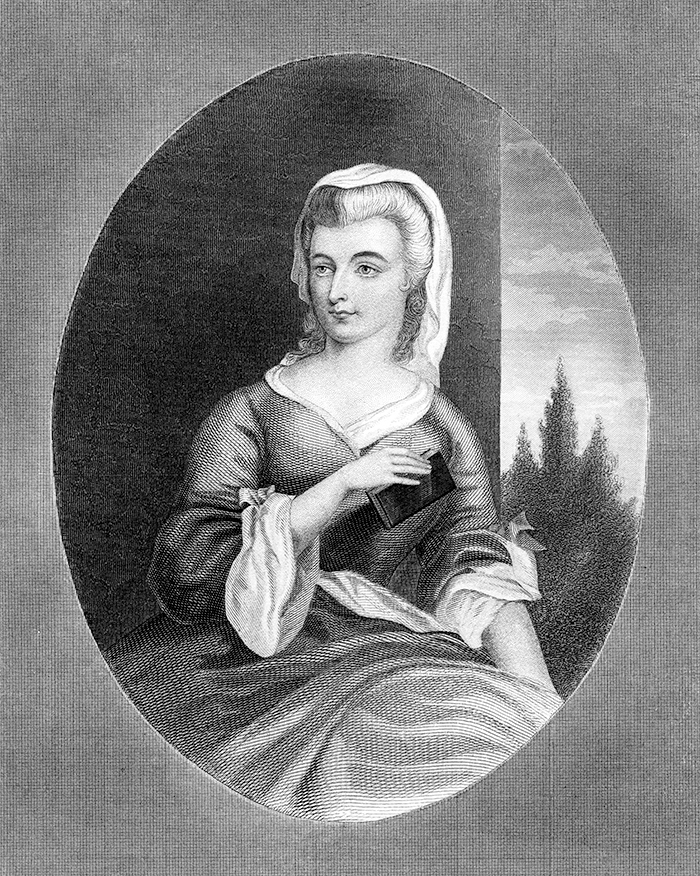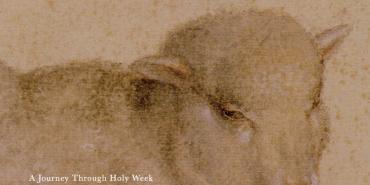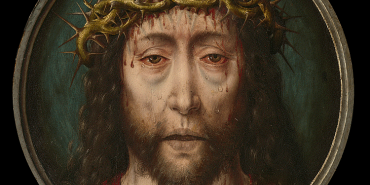Susanna and Women of Church History

Throughout the history of Christianity, many women have exercised personal power and influence upon the Church. Yet, many of their stories are not widely known. Some have suggested that we know more stories of men because they were more significant in regard to influence. Thus, at times we may reject the impulse to retrieve the stories of key women from history. We make the circle too narrow. But what if that circle were extended?
It is within that space that we discover the wonderful stories and contributions of women in church history, including that of Susanna Wesley.
Early Church Mothers
In the final chapter of Romans, we find one of our first church mothers. Paul writes, “I commend to you our sister Phoebe, a deacon of the church at Cenchreae, so that you may welcome her in the Lord as is fitting for the saints, and help her in whatever she may require from you, for she has been a benefactor of many and of myself as well” (Rom. 16:1-2, NRSV).
Here is a woman, Phoebe, with both positional and personal influence. She holds the position of “deacon” of the church in Cenchreae, but her reach goes far beyond this small port city. A woman of significant means, Phoebe uses her financial resources to be a benefactor of Paul, financially supporting his ministry as well as the work of others. That which God has given her, she chooses to use to help the ministry of the gospel. Finally, we learn that she has hand-carried Paul’s letter to the church in Rome. This document, often considered Paul’s magnum opus, is entrusted to a woman who carries this theological legacy within the folds of her garments to Rome and to the world.
In the late fourth century, we discover a woman by the name of Olympias. She was believed to have been born in the city of Constantinople, today known as Istanbul. Her family pedigree was stellar, and she married a man who went on to become a prefect (similar to a bishop) of Constantinople. Upon his death, she became one of the wealthiest citizens of the Roman Empire and chose not to remarry. I
nstead, she used her vast wealth and influence for the sake of the Church. Christianity was expanding rapidly in those days and needed a wealthy benefactor who could help plant new churches. This she did with overt generosity, supporting and befriending the leaders of her day.
Olympias was acquainted with Gregory of Nyssa, one of the great “Cappadocian Fathers” who influenced the theological development of the Church during early council meetings, which included the development of the Nicene Creed. Apparently, the Cappadocian Fathers loved Olympias dearly and saw in her a great spiritual awakening and embracing of Christ. More than likely, she served as the model for the bride in Nyssen’s famous work, Commentary on Song of Solomon. He dedicated the volume in her honor.
In adulthood, she developed a friendship with the younger priest of the day, John Chrysostom, becoming his benefactor and close confidant. This great bishop of Constantinople left behind copies of the seventeen letters he wrote to her, in which we see a measure of her influence.
While Olympias and other women throughout history were able to use their wealth as a source of influence, there were others who exercised relational influence. Specifically, these were mothers who believed that God was calling them to give guidance over the spiritual life and development of their children. Early in the fourth century we find two significant mothers, Monica and Emily, both of whom committed their lives to raising stalwarts in the faith, in the same mode as Susanna Wesley.
Monica spent much of her life praying for her wayward son, Augustine. Through hours of prayers and nights of tears, she continually gave of herself so that her son might know Christ. He chose to listen to heretical voices and had a child out of wedlock with his concubine. Traveling with him to Rome where he was scheduled to lecture, Monica refused to give up, believing that her son would eventually come to believe the Good News. In Rome, while reading from Paul’s Epistle to the Romans, he finally submitted himself to Christ and went on to become one of the most influential leaders in all of Christianity.
When his mother died, Augustine was overcome with grief, writing, “If anyone thinks it wrong that I thus wept for my mother some small part of an hour—a mother who for many years had wept for me that I might live to thee, O Lord—let him not deride me” (Confessions, Book IX, Chapter 12). If anyone thinks that the great theologians and church leaders of history magically appeared on the stage of history, that person is wrong. There was usually a powerful and committed mother who used her influence to form their spiritual direction.
Emily was a beautiful young orphan who had lost her parents as a result of the dreaded persecutions in the early years of the fourth century. Refusing to renounce her faith, she went on to become the mother of ten children, nine of whom reached adulthood and six whom became leaders in the Church. Of the six, three were bishops, one daughter was a deaconess, another was the head of an abbey, and another son became a champion of compassion. These were the children of Cappadocia, raised in a home where the study of Scripture and the practice of holy living came first.
Two of her sons, Basil and Gregory, went on to become known as Cappadocian Fathers, great theologians who helped to forge key theological foundations on which the Church still stands to this day. Both of these men wrote of their experiences in the home that formed their spiritual and theological development.
The world may have waited nearly thirteen centuries before it would again meet a mother with such significant influence.
What Basil and Gregory were to the fourth century, so John and Charles Wesley would become to the seventeenth.
Common Threads
What all of these women have in common is a deep and abiding commitment to Christ and a tenacity to follow Him, no matter what. In each instance, these women insisted upon imitating Christ and living a life of holiness in the home. This included a deep commitment to the study of Scripture and time in prayer. Discipline was a part of daily life, whether for the mother herself or those under her influence.
Olympias was known for sharing her great wealth and for the simplicity of her lifestyle. Monica was disciplined in her prayer life. Emily provided the discipline of education for her children. In the same way, Susanna Wesley had a dedicated period of study time set aside for each individual child every week. No matter what was happening in the world in which they found themselves, these women remained committed to Christ.
In doing so, they exerted great influence on church history.
All of God’s sons and daughters can learn from these stories and reflect Christ in this world, thanks to the influence of our church mothers.
Carla D. Sunberg is general superintendent in the Church of the Nazarene.
Please note: All facts, figures, and titles were accurate to the best of our knowledge at the time of original publication but may have since changed.




